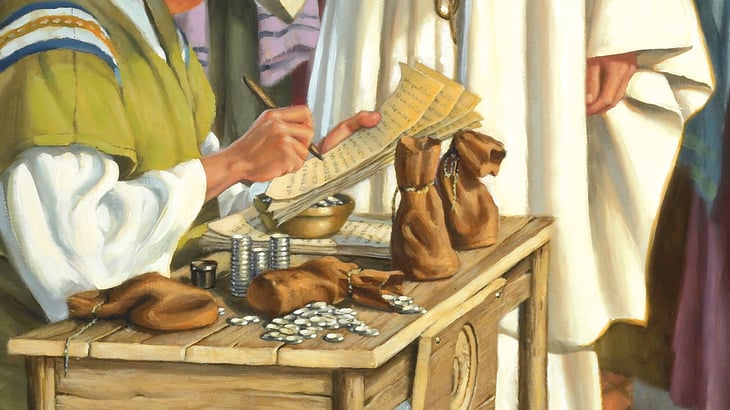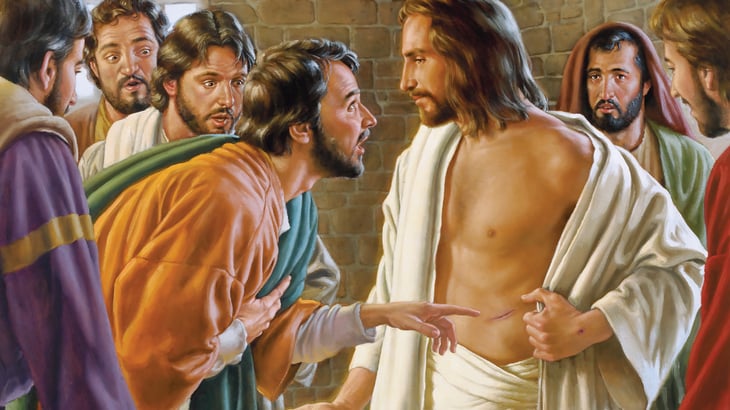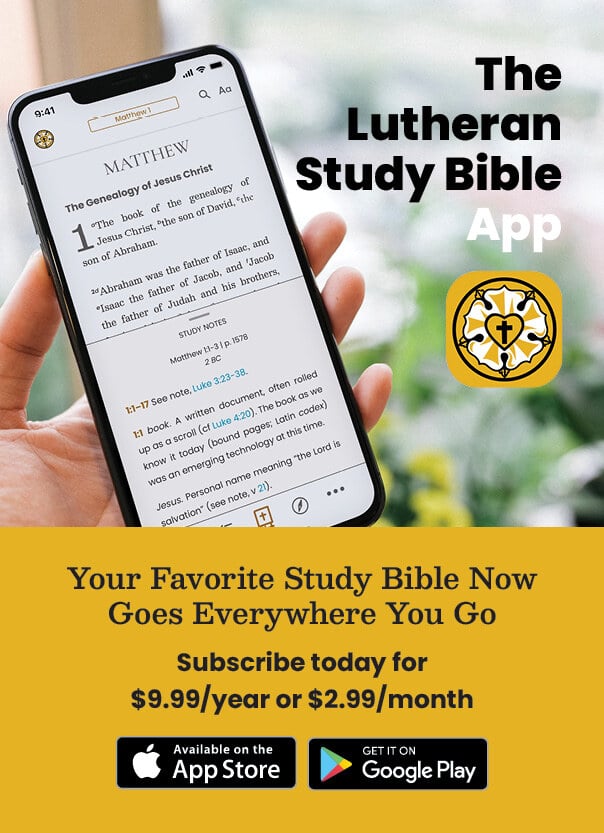Recent Posts by Phil Rigdon
Teaching the Twelve Apostles: Matthew
This month, we learn a bit about Matthew, one of the Gospel writers. We begin with introductory key verses regarding his work and calling by Jesus, followed by teaching regarding the apostle, and finally, ideas for presenting Matthew in the Sunday School classroom.
Teaching the Twelve Apostles: Thomas
This month, we turn our attention to teaching about the apostle Thomas. We’ll begin with a few introductory verses followed by information from the Bible regarding this apostle, and finally, suggestions on how to present Thomas in the Sunday School setting.
Teaching the Twelve Apostles: Judas Iscariot
This month’s blog will present perhaps the most challenging apostle of the Twelve, Judas Iscariot. I will begin with introductory key verses, followed by a few notes on the life of Judas, thoughts on teaching the tough topic of suicide, and, finally, list some teaching points.
Teaching the Twelve Apostles: Peter
Beginning this month, I am pleased to share a few thoughts regarding our Lord’s twelve apostles and to suggest some ideas on how to present these important biblical figures to Sunday School students. Each blog will include an introduction to an apostle, as well as one or two key points and some teaching suggestions. Given that this is the first blog, I will also include here a couple of ideas on how to help students remember all twelve disciples over the course of the year.
Teaching Parables: A House Divided
Jesus frequently performed miracles in the course of His earthly ministry. Mark 3 contains a couple examples of note. Jesus was near the synagogue on the Sabbath. Our Lord’s detractors were keeping a close vigil in hopes of catching Jesus in sin. Jesus taught with authority in the synagogue, yet He was often rejected by the Jewish religious authorities. Jesus healed many, including the man with the withered hand, and when evil spirits encountered Him, they cowered in fear. The scribes claimed He was possessed by a demon. Even our Lord’s family believed He was deranged.
In this context, accused of devilry, our Savior cleverly presents the parable of the house divided.
Teaching Parables: The Faithful Servant
This parable is both Law and Gospel. It’s an admonition to be ready for Jesus’ return at the end of human history, but it is also the Gospel message that Jesus makes us ready for His triumphant return—the day He will make us whole in heaven.
Teaching Parables: The Wedding Feast and the Great Banquet
In polite society, we are raised with table manners: don’t hum or sing, keep your elbows off the table, place your napkin in your lap, don’t burp aloud (although this is allowed in some cultures as a compliment to the chef), don’t reach over another person’s plate. There are rules for seating at a dinner party as well, and Jesus makes reference to these in this month’s parables of the wedding feast and the great banquet.
Teaching Parables: The Rich Fool
There is a beguiling temptation to read Jesus’ parable of the rich man’s meditation as nothing more than an admonition against wealth: “Flee from the comforts of this life, for death is coming, and cometh soon!” Instead, the Holy Spirit leads our weary souls to a something more profound: a Gospel-oriented meaning where we find freedom from fear and the peace of Christ.
Teaching Parables: Teaching the Rich Man and Lazarus
This parable teaches the importance of viewing others as people who Jesus loves and wants to save, through the work of the Holy Spirit. It warns against valuing property above people. Interestingly, however, a great deal of what this parable has to offer Sunday School teachers is what it doesn’t teach. We’ll explore the central meaning of the parable in more detail, as well as the theological pitfalls and how to avoid them.
Teaching Parables: The Laborers in the Vineyard
The parable of the laborers in the vineyard may at first seem obscure. There are multiple layers; but this fact makes the parable all the more useful for teaching in the Sunday School classroom and beyond. As you prepare to present this parable in the classroom, keep in mind that Jesus is on His way to the cross. He wants His hearers to understand that salvation and the Church—that is, the Body of all Christians in heaven and earth—is founded on the forgiveness of sins, which He will provide at Calvary. What’s more, Jesus engages the rich young man in Matthew 19 who asks, “Teacher, what good deed must I do to have eternal life?” (v. 16).




















